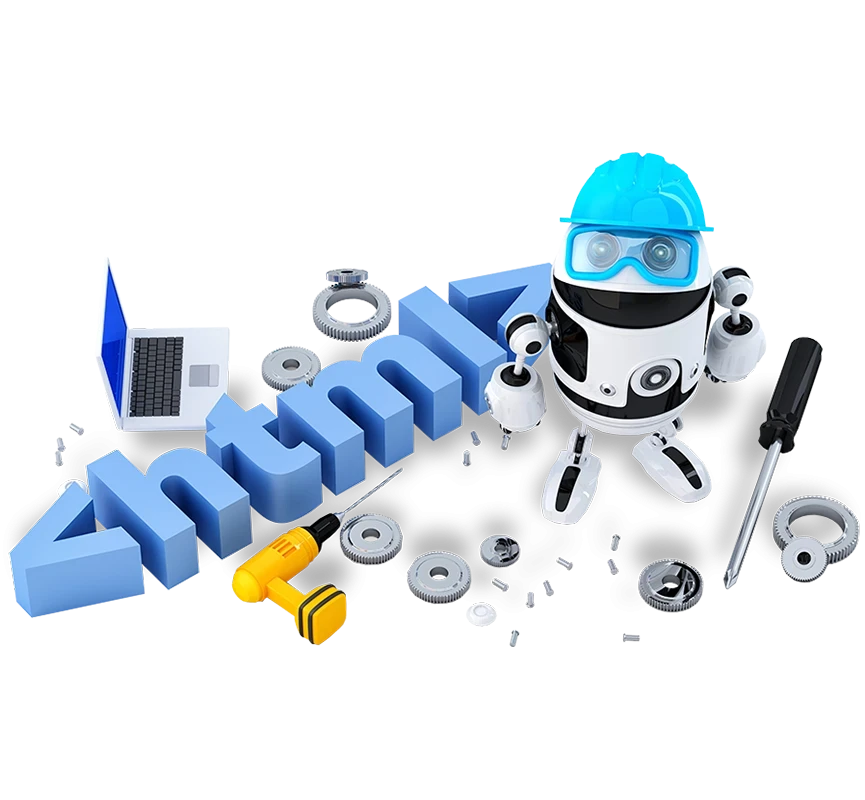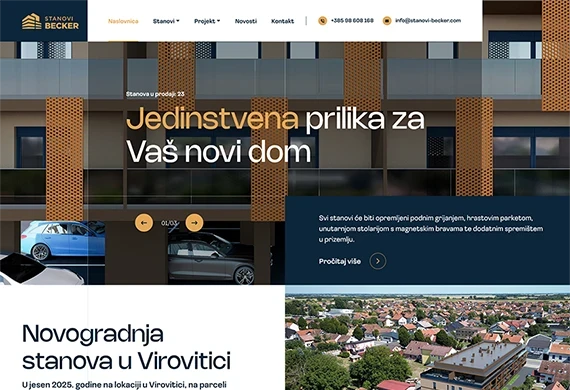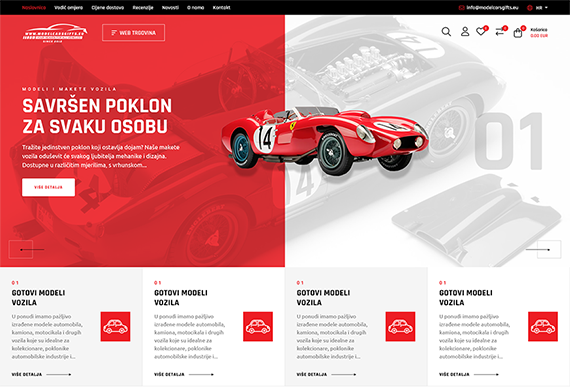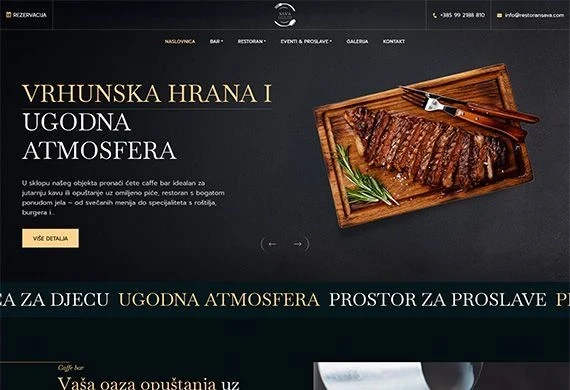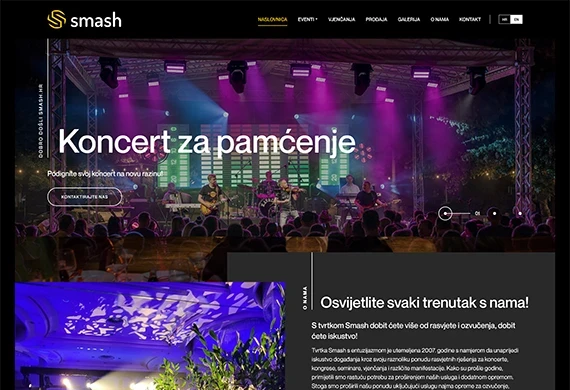Development of advanced web applications
The development of web applications has always been a focal point of our interest. We focus on creating advanced web solutions with complex business logic, optimized for processing large amounts of data and high-frequency transactions.
We use proven and modern technologies to ensure the stability, scalability, and security of applications. Our development process is based on the PHP programming language with the CakePHP framework, while we use MySQL as the database management system.
We adhere to the MVC (Model-View-Controller) architecture, which allows for a clear separation of logic, better code maintainability, and faster solution delivery. Our development approach ensures that applications are modular, flexible, and tailored to users' specific needs.
Whether it’s business applications, e-commerce platforms, or specialized systems, our team delivers high-performance web solutions tailored to modern market demands.
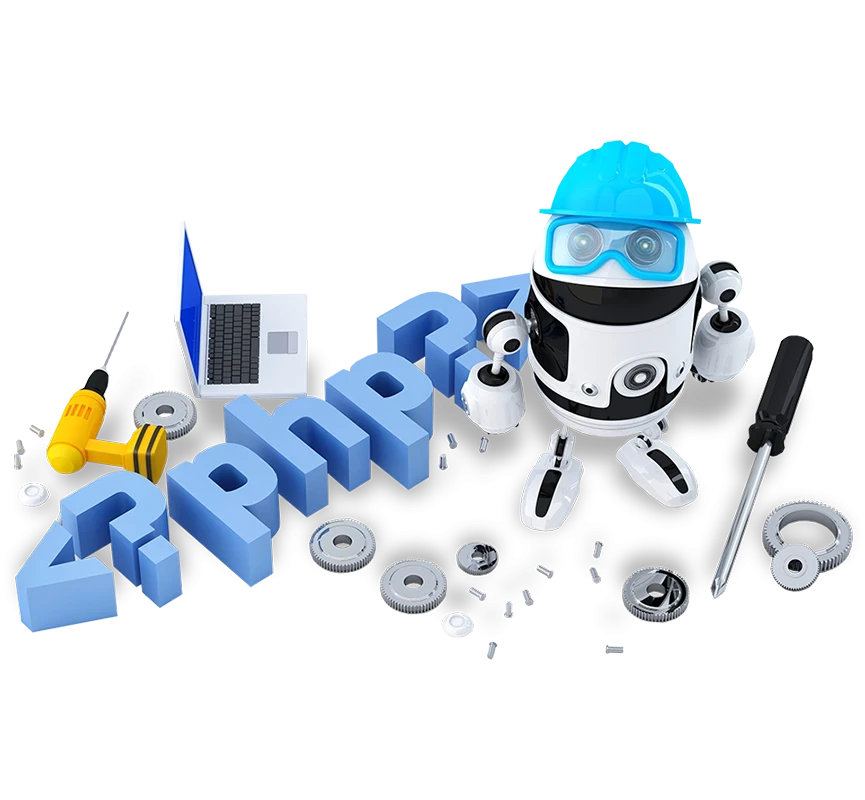
Features of the CakePHP framework
CakePHP offers a range of features that make it a powerful and efficient tool for developing modern web applications:
CakePHP uses the Model-View-Controller (MVC) architecture, which ensures a clear and logical code structure. Models manage data and databases, controllers process user requests and connect models with views, while views generate the HTML output. This separation simplifies application maintenance and scaling.
CakePHP includes a powerful ORM system that enables database interaction in an object-oriented manner. Instead of traditional SQL queries, data can be managed using models and entities, improving code readability and security. The ORM also supports table relationships, associations, and transactions.
Security is one of CakePHP's key features, as the framework comes with built-in protections against SQL injection, CSRF (Cross-Site Request Forgery), and XSS (Cross-Site Scripting) attacks. It also supports secure session management, user authentication, and data encryption. These functionalities allow for the development of secure applications without the need for additional tools.
CakePHP uses a flexible template system that allows for the creation of dynamic HTML sites. Developers can use built-in helper functions to generate forms, links, and other elements, reducing code repetition. The system also supports layout files, ensuring a consistent application appearance.
CakePHP makes it easy to create RESTful APIs using built-in tools for handling JSON and XML responses. It can be used to build API services that communicate with frontend or mobile applications. It also supports token-based authentication, enhancing API call security.
CakePHP includes a built-in data validation mechanism when entering data into the database. Developers can easily define validation rules for each model field, such as length restrictions, email format, or required fields. This reduces the possibility of errors and improves data integrity.
Middleware allows developers to process HTTP requests and responses before they reach the controller. For example, it can be used for user authentication, activity logging, or request filtering. CakePHP offers a simple way to create and integrate middleware components into an application.
CakePHP comes with the Bake tool, which allows for the quick generation of basic code for models, controllers, and views. This CLI tool significantly speeds up application development by reducing the need for manual coding of repetitive components. Developers can use Bake to set up the basic project structure in just a few minutes.
CakePHP supports multilingual applications through built-in functions for internationalization (i18n) and localization (l10n). It allows for the easy translation of texts and adaptation of date, time, and currency formats for different languages and regions. This is useful for applications targeting a global market.
CakePHP has extensive and well-written documentation that facilitates learning and development. Additionally, there is an active community of developers who provide support through forums, GitHub repositories, and blogs. Regular updates and improvements ensure that the framework remains relevant and secure for use.

Web technologies we use
In web application development, we rely on proven and modern technologies that ensure the high performance of our solutions.
For programming, we use the following web technologies:
- PHP (CakePHP) and MySQL – a stable and flexible foundation for backend development
- HTML / XHTML / CSS – the foundation of the structure and design of web applications
- JavaScript / jQuery / Bootstrap / GSAP – for dynamic, responsive, and animated user interfaces
- AJAX – enables fast and asynchronous communication with the server without refreshing the site
We always follow the latest industry trends and use up-to-date versions of PHP, JavaScript, and all supporting technologies. When coding in HTML, we adhere to W3C standards (HTML5/CSS3) to ensure compliance, accessibility, and optimal user experience across all devices and browsers.
